Flushable Loader
Our Flushable Loader improves upon the existing loader in the Edwards Lifesciences’s Sapien 3 system for TAVR procedures. We have improved ease of use and reduced the time for preparation for the TAVR procedure by introducing an additional flush port at the loader itself. With our flushable loader, the pressure needed to flush has greatly decreased since the original system required the flushing to occur throughout the entire length of the Sapien 3 system. There is also a better unilateral flow profile for flushing out existing air bubbles using the Flushable Loader.
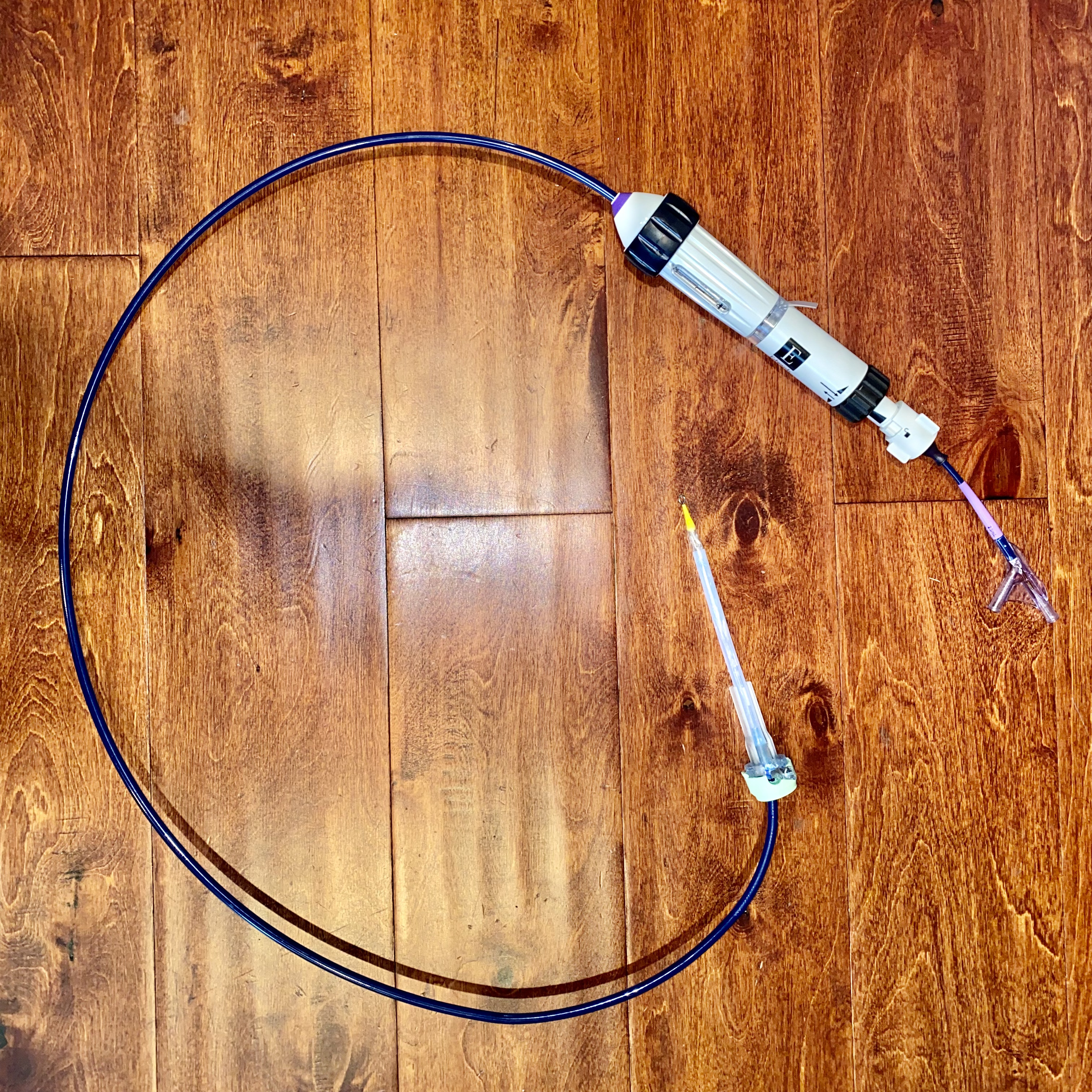

Why This Design?
This device includes 3 main features made with technicians at the forefront. This includes:
- An accessible port at the start of the loader, to flush directly where it matters
- A SnapCap with a tight seal, maintaining hemostasis
- And a Showerhead exit port, allowing greater control over flushing
Flushable Port
This accessable port allows the technician to have greater stability with flushing the loader, as well as greater control with inserting the syringe and flushing on site.
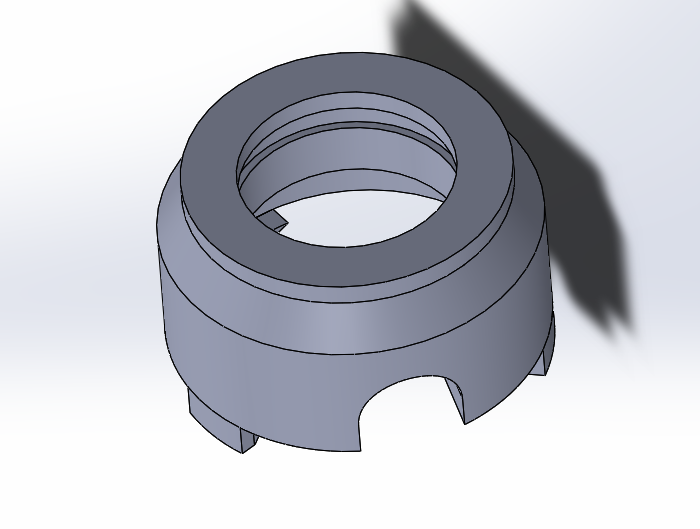
SnapCap
The arc design present on the SnapCap accomodates for the flushable port, without kinking or obstructing any flow. The addition of the snap allows for easy clip on and clip off motion, while maintaining a seal that keeps fluid from flowing backwards, out of the loader-valve system.
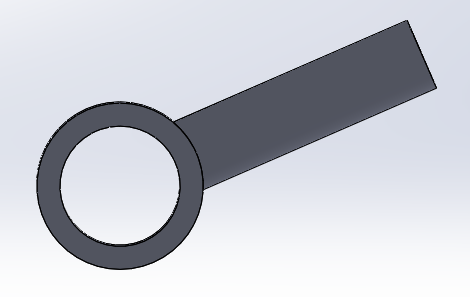
Showerhead
The design for the Showerhead introduces a new unidirectional flow profile, to more efficently push away pockets of air present in the system prior to surgery. Although it is part of the loader tubing, it does not obstruct the insertion of the current prosthetic heart valve or the Sapien 3 catheter, allowing for greater flushing ease.
Design Criteria
| Design Variables | Constraints | Tolerances |
|---|---|---|
| Distance Traveled | Reduce the total distance traveled to 1/30 of the original (150cm to 5cm) | 5 ± 3 cm |
| Pressure Gradient | Reduce the total experienced pressure (16 psi / 110 kPa) by 2 orders of magnitude (in Pa) | 7 kPa ± 10 Pa |
| Flush Start Time | 1/2 the time required to start flushing (12 sec to 6 sec) | 6 ± 2 seconds |
| Flow Profile | Laminar Flow | Bubbles produced no larger than 100 microns |
Syringe Pump
Using a syringe pump and constant flow rate, we measured and compared the time it took for the flushing to complete. The time it took for the Flushable Loader was less than the original system which falls within our tolerances for flush start time and fluid distance traveled.
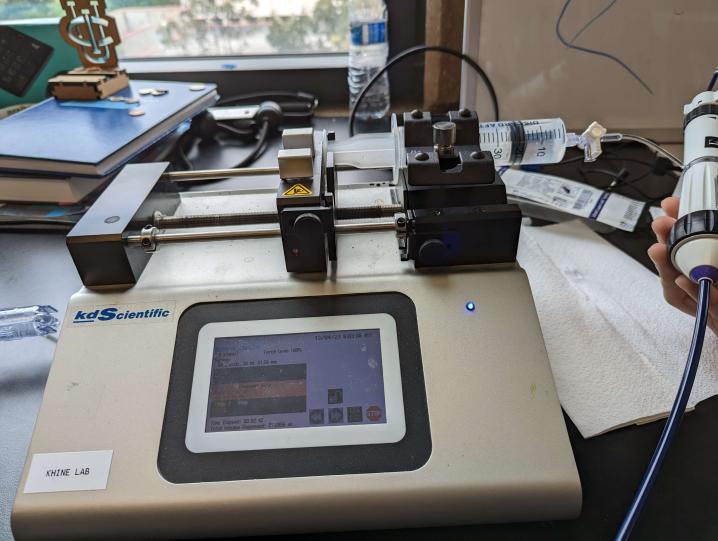
Pressure Gauge
For the pressure test, we connected a pressure gauge to the flushing process and measured the force needed to complete the flushing. Comparing the original pressure and the Flushable Loader’s pressure, we found that the Flushable Loader greatly reduced the force required to flush which is within our design constraints for fluid resistance.
Resistance Testing
For the resistance test, we have built a contraption to produce constant force during the flushing process. Using this test, we were able to compare the flushing process between the original Sapien 3 system to our Flushable Loader. The results were within our design constraints for flow profile as well as fluid resistance.
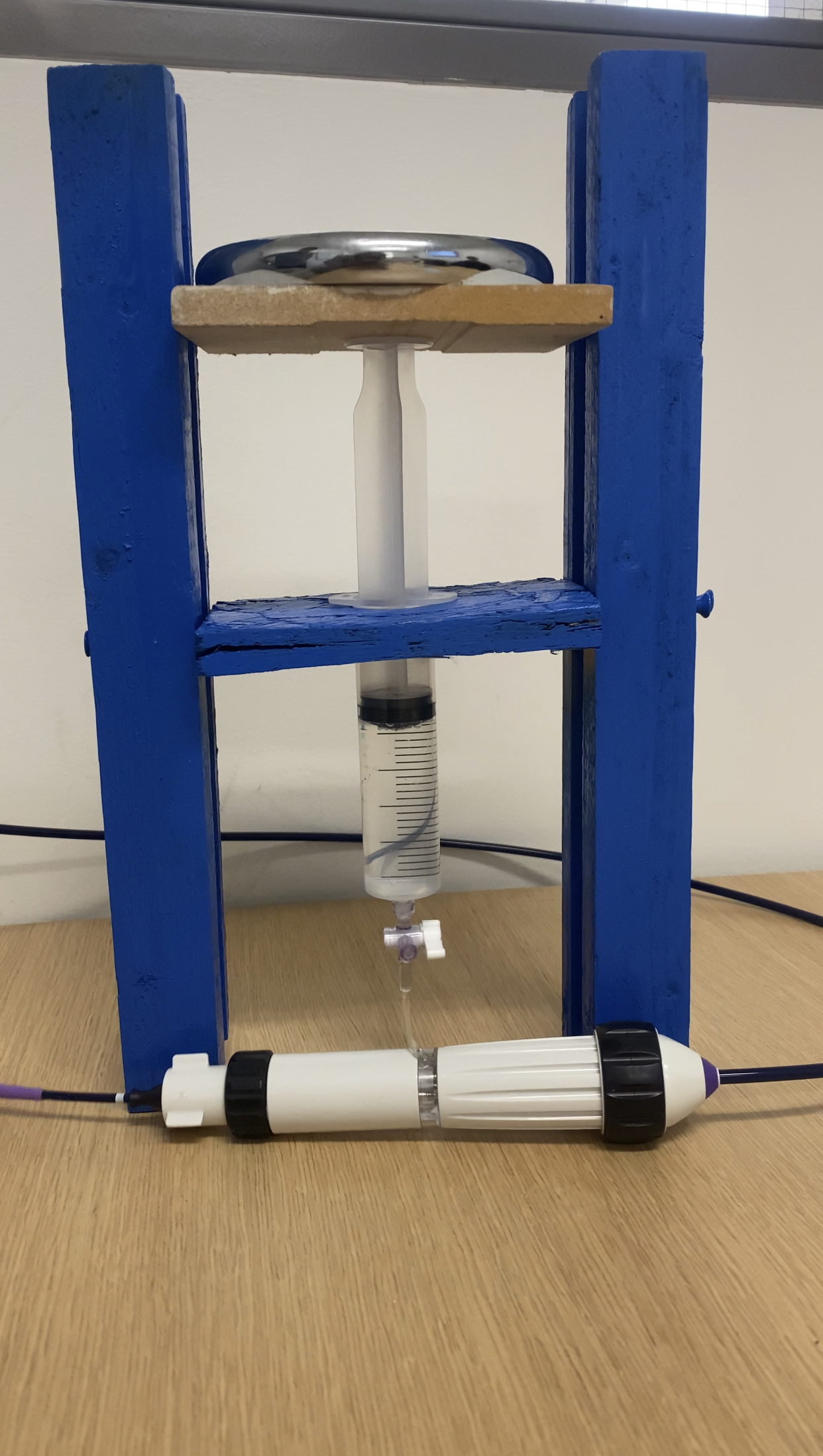
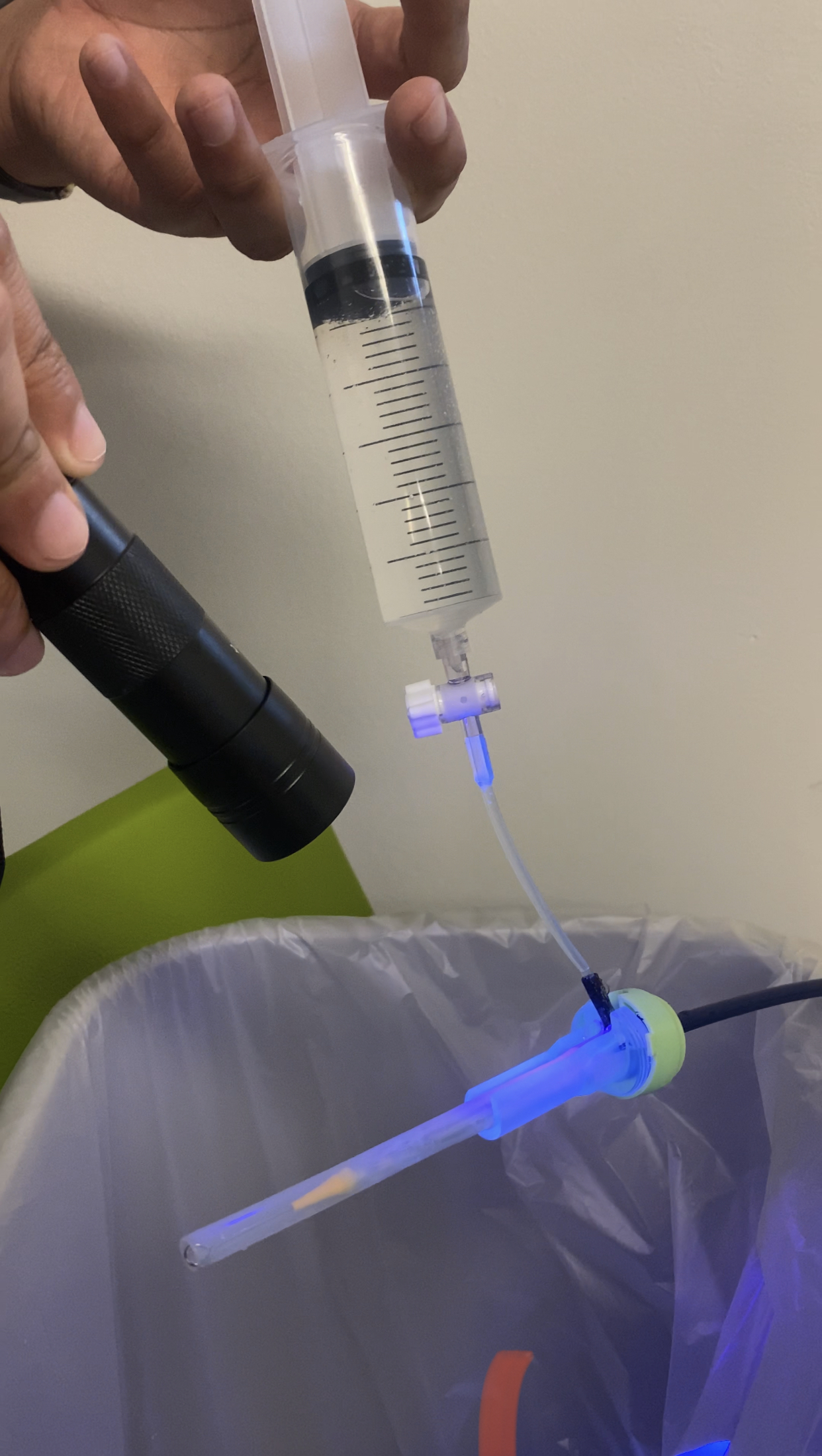
Flow Inspection
Using a fluorescent dye and UV light, we visualized the flow profile, to compare the flushable loader with the current TAVR flushing mechanism. This addresses the Flow Profile design constraint, and fell between our tolerances.





